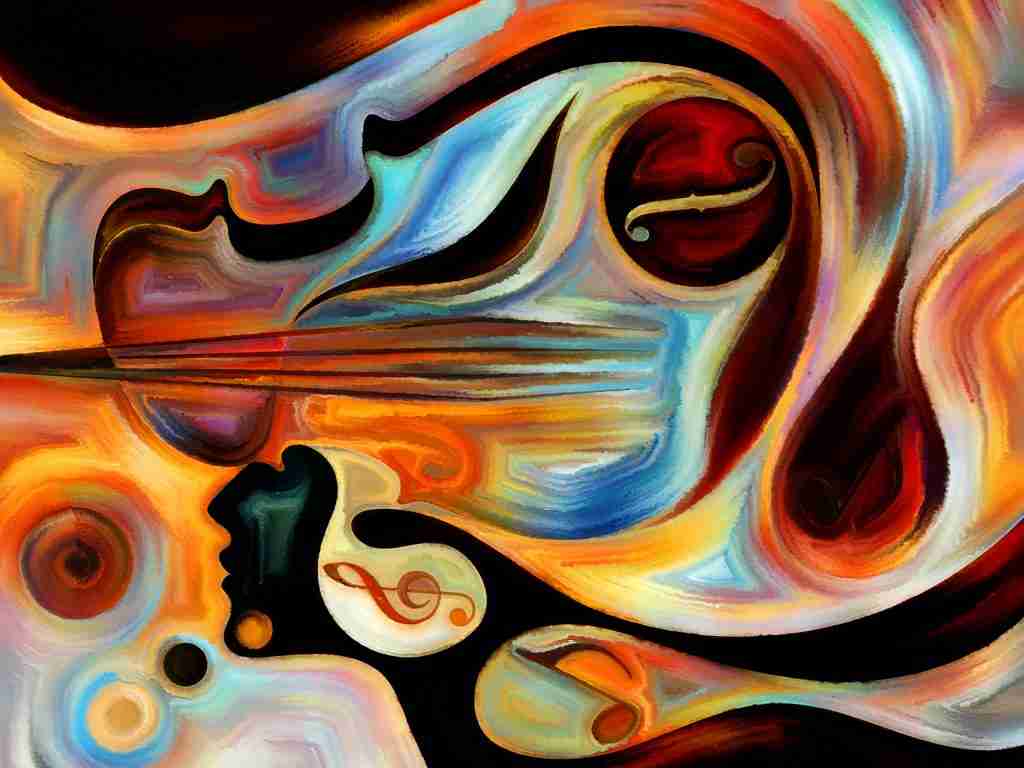Most Johns Hopkins otolaryngologists feel that, if you want to exercise and stimulate your brain, it is effective to listen to music. They also feel that listening to or playing music is a great way of keeping the brain fit throughout the ageing process. It provides a total brain workout. This is such refreshingly effortless advice in our super-busy world! Research has shown that listening to music can reduce anxiety, blood pressure and pain, as well as improve sleep quality, mood, mental alertness and memory.
“Music is structural, mathematical and architectural. It’s based on relationships between one note and the next. You may not be aware of it, but your brain has to do a lot of computing to make sense of it,” notes an otolaryngologist.
TRY IT Learn an Instrument. When 13 older adults took piano lessons, their attention, memory and problem-solving abilities improved, along with their moods and quality of life. You don’t have to become an expert, just take a few lessons.
Bilateral music are buzz words in the field of trauma.
Bilateral music, used in therapies such as EMDR and Brainspotting, is specifically developed to move from one ear to the other in order to integrate both brain hemispheres.
HOW DOES BILATERAL MUSIC WORK?
It promotes a relaxation effect, including decreased arousal and hypervigilance; it enhances growth in brain plasticity and malleability; it helps anxiety to diminish, become smaller, distant and further away; it helps thoughts become more flexible and less ‘stuck’ on what was bothering you.
Some people believe that bilateral music (binaural beats) introduces a new frequency to your brain; your brainwaves tend to sync to it, moving you into a different ‘brain state’.
Your brain has five different types of waves. In summary, low-frequency waves are related to ‘delta’ and ‘theta’ states, which can enhance relaxation and encourage sleep. Higher frequencies reportedly move your brain waves into a ‘gamma’ state, which may make you more alert, focused, or improve memory.
Mid-range frequencies have been related to attention. Your brain moves into an ‘alpha’ state when your focus turns inward (as in meditation) and a ‘beta’ state when your attention is turned outward.
Binaural beats frequencies
- Best binaural beats for creativity (4-8 Hz)
- Best binaural beats for focus (14-30 Hz)
- Best binaural beats for studying (14-30 Hz)
- Best binaural beats for meditation (1-8 Hz)
- Best binaural beats for sleep (1-3 Hz)
For the past 40 years, westerners have been rediscovering the power of sound healing. Sound has been a vital modality of healing used by various cultures for thousands of years. It was first found that sound is a vital healer in Ancient Greece when Pythagoras uncovered the power of vibration to heal. In South America, sound healing is essentially done through songs and chants to ward off illness. In India, sacred mantras are used to induce deep meditative states. In fact, Tibetan singing bowls, tuning forks, crystal bowls, drumming and vocal ‘toning’ are just some examples of sound being used to heal symptoms of emotional and physical illness such as Parkinson’s disease, fibromyalgia and depression. Also known as vibroacoustic therapy, the intervention involves vibrations that are applied directly to the body.
Albert Schweitzer uttered words to make life relatively easy and simple: “There are two means of refuge from the misery of life – music and cats…”
Marguerite Black is a published author and specialist wellness counsellor for adults and children in Cape Town. Marguerite has an honours’ degree in psychology and MA in creative writing (UCT and Unisa). She is the author of The Dandelion Diary: The Tricky Art of Walking https://www.goodreads.com/book/show/8734331-the-dandelion-diary
Marguerite pioneered and manages an NPO, The Dandelion Initiative, where she offers creative arts therapy, play therapy and trauma counselling to disadvantaged youth.
Email: cmblack@mweb.co.za.

